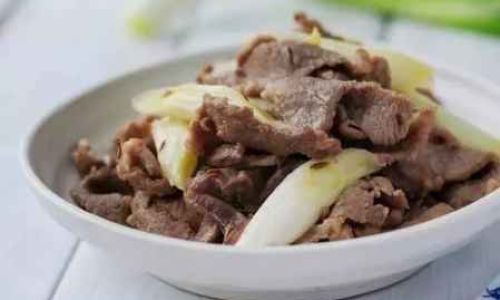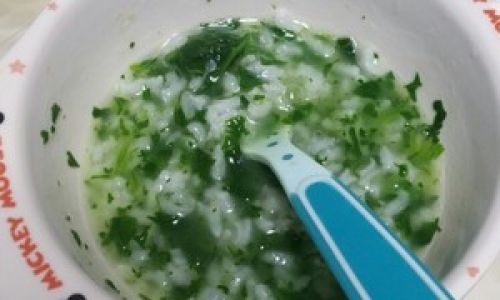Table of content
Introduction
Cherry tomatoes, with their vibrant hues, juicy texture, and sweet-tart flavor, have become a staple in kitchens worldwide. These petite fruits—often mistaken for vegetables—are celebrated for their versatility in salads, pastas, and snack trays. However, a common dilemma persists among home cooks and food enthusiasts: Is the refrigerator a friend or foe when it comes to preserving cherry tomatoes? This article explores the science, myths, and practicalities of storing cherry tomatoes, offering evidence-based insights to help you make informed decisions.

Understanding Cherry Tomatoes: Nature and Nutrition
Cherry tomatoes (Solanum lycopersicum var. cerasiforme) are botanically classified as fruits, though their culinary applications often align with vegetables. Originating in South America, they were domesticated over 2,000 years ago and later introduced to Europe, where they gained popularity in Mediterranean cuisines. Today, they are cultivated globally, with varieties ranging in color from deep red to yellow, orange, and even purple.
Nutritionally, cherry tomatoes are powerhouses. A 100-gram serving provides:
- 18% of the Daily Value (DV) for vitamin C, essential for immune function.
- 22% of the DV for vitamin A, crucial for vision and skin health.
- 8% of the DV for potassium, vital for heart health.
- 12% of the DV for vitamin K, which supports blood clotting.
Additionally, they are rich in lycopene, a carotenoid linked to reduced risk of chronic diseases, including certain cancers and heart conditions. Their high water content (94%) and low calorie count (18 kcal per 100g) make them a guilt-free indulgence.
The Science of Tomato Ripening and Ethylene
To understand storage, one must grasp the role of ethylene, a natural plant hormone regulating ripening. Tomatoes produce ethylene gas, which accelerates softening, color change, and flavor development. This process is temperature-sensitive: higher temperatures (68–77°F/20–25°C) speed up ripening, while lower temperatures (below 55°F/12°C) slow it down.
Refrigeration disrupts this balance. While cold temperatures inhibit microbial growth—extending shelf life—they also suppress ethylene production. This can lead to uneven ripening and a “dull” flavor profile. Moreover, cherry tomatoes, with their thin skins, are prone to chilling injury when stored below 50°F (10°C). Symptoms include pitting, discoloration, and a mealy texture.
Refrigeration vs. Countertop Storage: A Comparative Analysis
1 The Case for Refrigeration
- Extended Shelf Life: Cold storage can double the lifespan of cherry tomatoes, preserving them for up to two weeks versus 3–5 days at room temperature.
- Bacterial Inhibition: Low temperatures slow the growth of pathogens like Salmonella and E. coli, reducing foodborne illness risks.
- Convenience for Bulk Buyers: For those purchasing large quantities, refrigeration prevents waste.
However, drawbacks include:
- Flavor Compromise: Cold temperatures mute sugars and acids, resulting in a less vibrant taste.
- Texture Degradation: Cell walls break down, causing mushiness.
- Ethylene Accumulation: In sealed containers, ethylene can accelerate spoilage.
2 The Case for Countertop Storage
- Flavor Preservation: Warmth allows enzymes to convert starches into sugars, enhancing sweetness.
- Texture Retention: Avoiding cold prevents cell damage, maintaining firmness.
- Ethylene Management: Placing tomatoes in a well-ventilated area allows ethylene to disperse, slowing overripening.
Limitations include:
- Shorter Lifespan: Rapid ripening may lead to waste if not consumed promptly.
- Susceptibility to Pests: Fruit flies and mold thrive in warm, humid environments.
Best Practices for Refrigerating Cherry Tomatoes
If refrigeration is necessary, follow these steps to minimize damage:
- Pre-Chill Preparation:
- Avoid washing tomatoes before storage, as moisture promotes decay.
- Remove stems to prevent puncturing neighboring fruits.
- Packaging:
- Use breathable containers, such as perforated plastic bags or mesh produce sacks, to balance humidity and airflow.
- Avoid airtight containers, which trap ethylene and moisture.
- Placement:
- Store in the crisper drawer, away from ethylene-sensitive produce (e.g., leafy greens).
- Keep away from the refrigerator door, where temperature fluctuations occur.
- Revival Techniques:
- Before serving, allow tomatoes to reach room temperature (1–2 hours) to restore flavor.
- For recipes, roasting or sautéing can mask texture issues.
Alternative Storage Methods
For those seeking middle ground, consider:
- Hanging Baskets: Suspended in a cool, dark place (55–60°F/12–15°C), tomatoes ripen evenly while avoiding light-induced spoilage.
- Root Cellars: In rural settings, burying tomatoes in sand maintains humidity and temperature stability.
- Freezing: While not ideal for fresh use, frozen cherry tomatoes retain flavor for sauces and stews. Blanch briefly to loosen skins before freezing.
Debunking Myths About Tomato Storage
Myth 1: “All tomatoes should be refrigerated.”

- Reality: Only ripe tomatoes benefit from cold storage. Unripe ones should stay at room temperature to complete ripening.
Myth 2: “Refrigeration ruins tomatoes permanently.”
- Reality: While texture may suffer, flavor can partially recover at room temperature.
Myth 3: “Organic tomatoes don’t need refrigeration.”
- Reality: Organic varieties spoil faster due to lack of synthetic preservatives, making refrigeration advisable.
Environmental and Economic Considerations
Food waste is a global crisis, with 1.3 billion tons discarded annually. Proper storage reduces this impact. Refrigeration, while energy-intensive, may justify its use if it prevents waste. However, in regions with unreliable electricity, countertop methods are preferable.
Economically, cherry tomatoes are often priced at a premium. Investing in storage techniques ensures value retention. For example, a $4 clamshell of tomatoes saved from spoilage offsets the marginal energy cost of refrigeration.
Expert Opinions and Cultural Perspectives
Chefs and culinary experts universally advocate countertop storage for optimal flavor. However, they acknowledge practical constraints. “In a restaurant kitchen, we refrigerate tomatoes overnight to prevent spoilage, but we always let them come to room temperature before serving,” explains Chef Maria Lopez of Milanesa Bistro.
Culturally, Mediterranean traditions favor storing tomatoes in cool basements or ceramic pots, balancing temperature and humidity without refrigeration. This method aligns with the “slow food” philosophy, prioritizing flavor over convenience.
The Future of Tomato Storage: Innovation and Technology
Advancements in packaging, such as ethylene-absorbing sachets and modified atmosphere containers, promise to extend shelf life without refrigeration. Additionally, CRISPR-edited tomatoes with enhanced chilling tolerance are under development, though ethical debates persist.
Conclusion: Finding Your Balance
The decision to refrigerate cherry tomatoes hinges on priorities: flavor, longevity, or convenience. For immediate use, countertop storage with proper ventilation reigns supreme. For bulk purchases or hot climates, refrigeration with precautions is acceptable. Ultimately, the goal is to honor the tomato’s journey from farm to table, ensuring none of its natural splendor is lost.
In a world where food choices reflect cultural values, environmental awareness, and personal taste, the humble cherry tomato serves as a microcosm of broader debates. Whether you’re a minimalist chef or a busy parent, understanding storage science empowers you to savor every bite—ripe, refrigerated, or somewhere in between.






0 comments